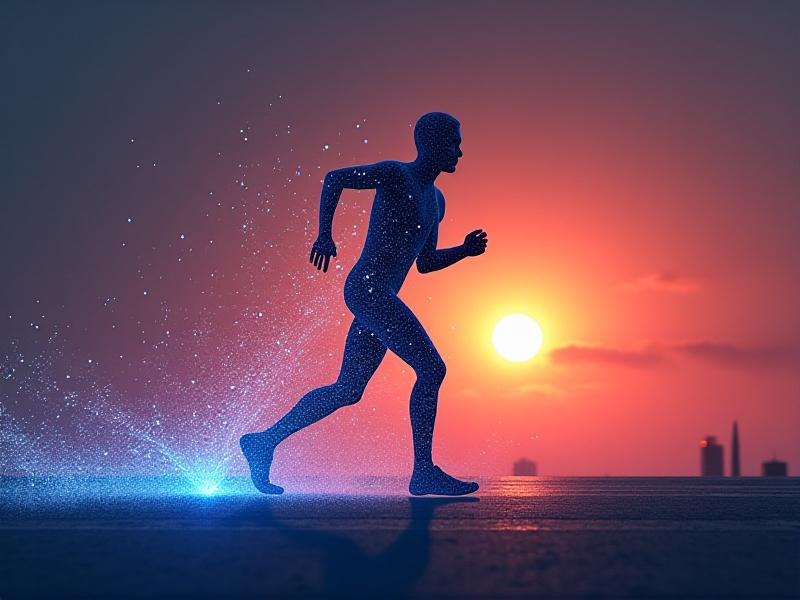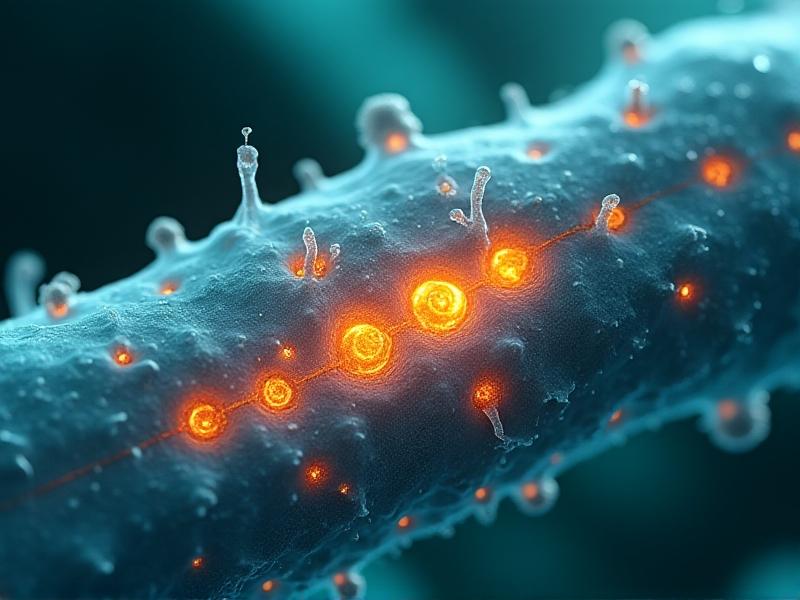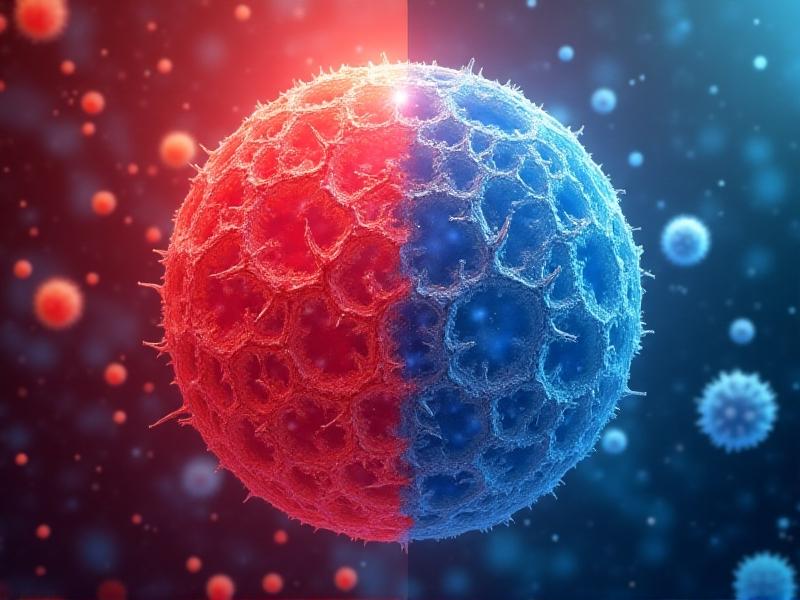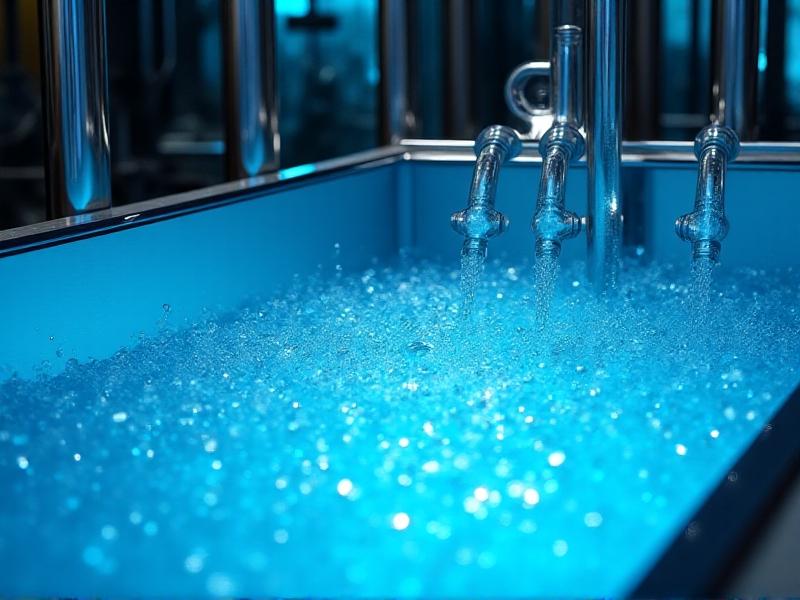Myokine Secretion & Muscle Recovery Links
The Science of Myokines: How Muscles Communicate During Recovery
Myokines, often dubbed "exercise hormones," are signaling molecules released by skeletal muscles during contraction. These proteins play a pivotal role in systemic health, influencing everything from metabolism to immune function. When muscles contract—whether during a brisk walk or a heavy squat session—myokines flood the bloodstream, acting as molecular messengers that orchestrate tissue repair, reduce inflammation, and enhance recovery. This discovery has reshaped our understanding of exercise physiology, revealing that muscles aren’t just mechanical engines but dynamic endocrine organs.

Exercise as a Catalyst for Myokine Release
Physical activity directly stimulates myokine production. Resistance training, endurance workouts, and even low-intensity movements like yoga trigger distinct myokine profiles. For example, interleukin-6 (IL-6) surges during prolonged aerobic exercise, modulating glucose metabolism and fighting inflammation. In contrast, strength training elevates irisin, a myokine that promotes fat browning and mitochondrial biogenesis. The intensity and duration of exercise fine-tune this secretion: sprint intervals may spike myostatin inhibitors, while steady-state cycling favors anti-inflammatory cytokines.

Myokines Fueling Muscle Repair: IL-6, BDNF, and Beyond
Specific myokines accelerate recovery by activating satellite cells and repairing microtears. IL-6, once misunderstood as purely inflammatory, now stands out for its dual role: it attracts immune cells to damaged tissue while suppressing chronic inflammation. Brain-derived neurotrophic factor (BDNF), released during endurance activities, supports neuromuscular repair by strengthening neuron-muscle connections. Meanwhile, decorin—a lesser-known myokine—rebuilds collagen in tendons and fascia, preventing stiffness post-workout.

The Inflammation Paradox: Myokines as Modulators
Acute inflammation post-exercise is necessary for adaptation, but chronic inflammation impedes recovery. Myokines like IL-10 and IL-1ra act as natural brakes, balancing pro-inflammatory signals. For instance, IL-15—abundant after resistance training—enhances muscle protein synthesis while inhibiting TNF-alpha, a cytokine linked to muscle wasting. This delicate interplay ensures that inflammation remains a temporary response, not a prolonged obstacle.

Optimizing Training Through Myokine Awareness
Strategic programming can harness myokine benefits. Alternating high-intensity days with active recovery—such as cycling or swimming—keeps anti-inflammatory myokines elevated without overtaxing muscles. Post-workout nutrition also plays a role: tart cherry juice’s polyphenols may synergize with IL-10 to reduce soreness. Even sauna sessions, which mimic exercise-induced heat stress, have been shown to boost myokine secretion independently.
Future Frontiers: Myokine Therapeutics and Personalized Fitness
Emerging research explores synthetic myokines for treating sarcopenia or metabolic disorders. Companies are developing IL-15 mimetics to combat age-related muscle loss, while irisin-based therapies aim to mimic exercise benefits for sedentary populations. On the horizon: wearable devices that track real-time myokine levels, enabling trainers to customize workouts based on an individual’s molecular recovery signature.







